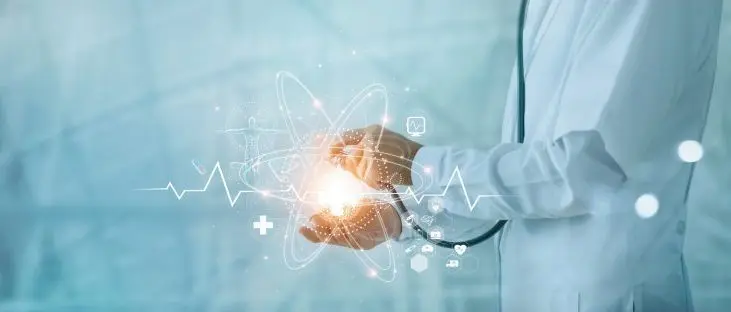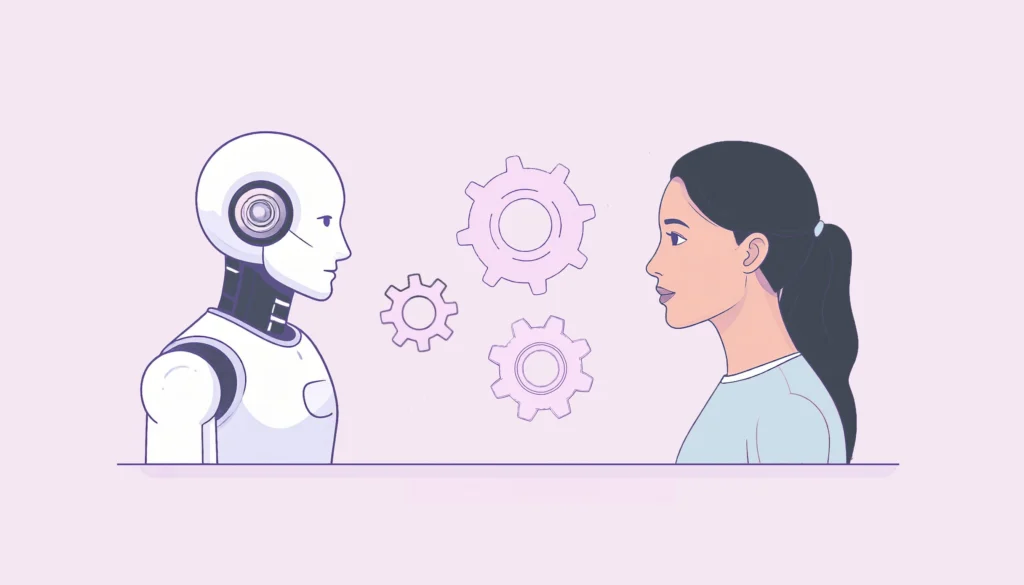Despite the likelihood of no spring training games in Florida this year, I am still looking forward to some warm weather and sunshine during the upcoming HIMSS 2022 conference in Orlando! As a veteran of the health information technology (HIT) community, I cannot think of a more exciting time to be a part of this industry, or to participate in next week’s conference.
One area that I am particularly interested in discussing and learning more about at HIMSS is public health. Specifically, how through technology and policy we can effectively enable the public health and general healthcare ecosystems to interact with one another. To add some clarity, the general healthcare ecosystem is what most of us are familiar with and operate in today with respect to the delivery of care (e.g. local healthcare integrated networks, primary care physicians, pharmacies, etc.). Public health data systems are critical sources of actionable information used by federal, state, tribal, and local public health agencies to protect communities against infectious and non-infectious public health threats. A clear gap emanating from the COVID-19 pandemic was the need for greater degrees of interoperability between these two systems.
Due to the COVID-19 pandemic, the Centers for Disease Control and Prevention (CDC) recognized that the public health IT infrastructure was antiquated and in desperate need of an upgrade. In response, the Data Modernization Initiative (DMI) was launched. Goals of the DMI include upgrading the public health IT infrastructure, accelerating the collection and analysis of clinical data, and developing a cutting-edge IT workforce. Through these developments, the DMI fills technology and policy gaps by enabling greater degrees of information sharing, interoperability, data analysis, and detection, with the goal of driving positive patient outcomes, and lifting the overall public health of communities nationwide.
There is much discussion around enabling greater degrees of interoperability between the general healthcare system and the public health system. In other words, how can we improve upon the collection and aggregation of data from providers followed by the requisite analysis and reporting to be followed by the dissemination of actionable data back to the healthcare system and communities?
Electronic Case Reporting (eCR) is one of many use cases describing this data flow between healthcare providers and public health agencies around reportable conditions. eCR is the generation and transmission of case reports from a provider’s electronic health record to a public health agency for evaluation, analysis, and action. As you would imagine, during the COVID-19 pandemic, the number of COVID-19 eCRs transmitted between providers and the CDC skyrocketed. To illustrate this point, in January 2022 at the peak of the Omicron variant, 30,000 COVID-19 eCRs were transmitted through DataMotion to the CDC every HOUR! Suffice it to say, the importance of a robust, scalable and modernized information technology architecture is vital to ensuring continuity between the public health sector and the general healthcare ecosystem.
In keeping with the baseball theme, since the onset of the COVID-19 pandemic, DataMotion has served as the nation’s catcher’s mitt for receipt of COVID-19 eCRs and their subsequent transmission to the CDC. In our role as a Health Information Service Provider (or, HISP) DataMotion has facilitated the transmission of COVID-19 data aggregated from public health laboratories and providers across the nation over the DirectTrust Network to the CDC for analysis and reporting. In 2020, approximately 10% of the nation’s COVID-19 lab results were routed through our HISP to the CDC as part of the nationwide testing efforts.
These are just some of the thoughts that are top of mind for me as I go into HIMSS next week. Whether you are attending in-person or virtually, I welcome the opportunity to meet and discuss where DataMotion has helped to foster greater degrees of interoperability. Please feel free to book some time on my calendar for an onsite or virtual meeting.
Looking forward to seeing you next week!
Explore More




